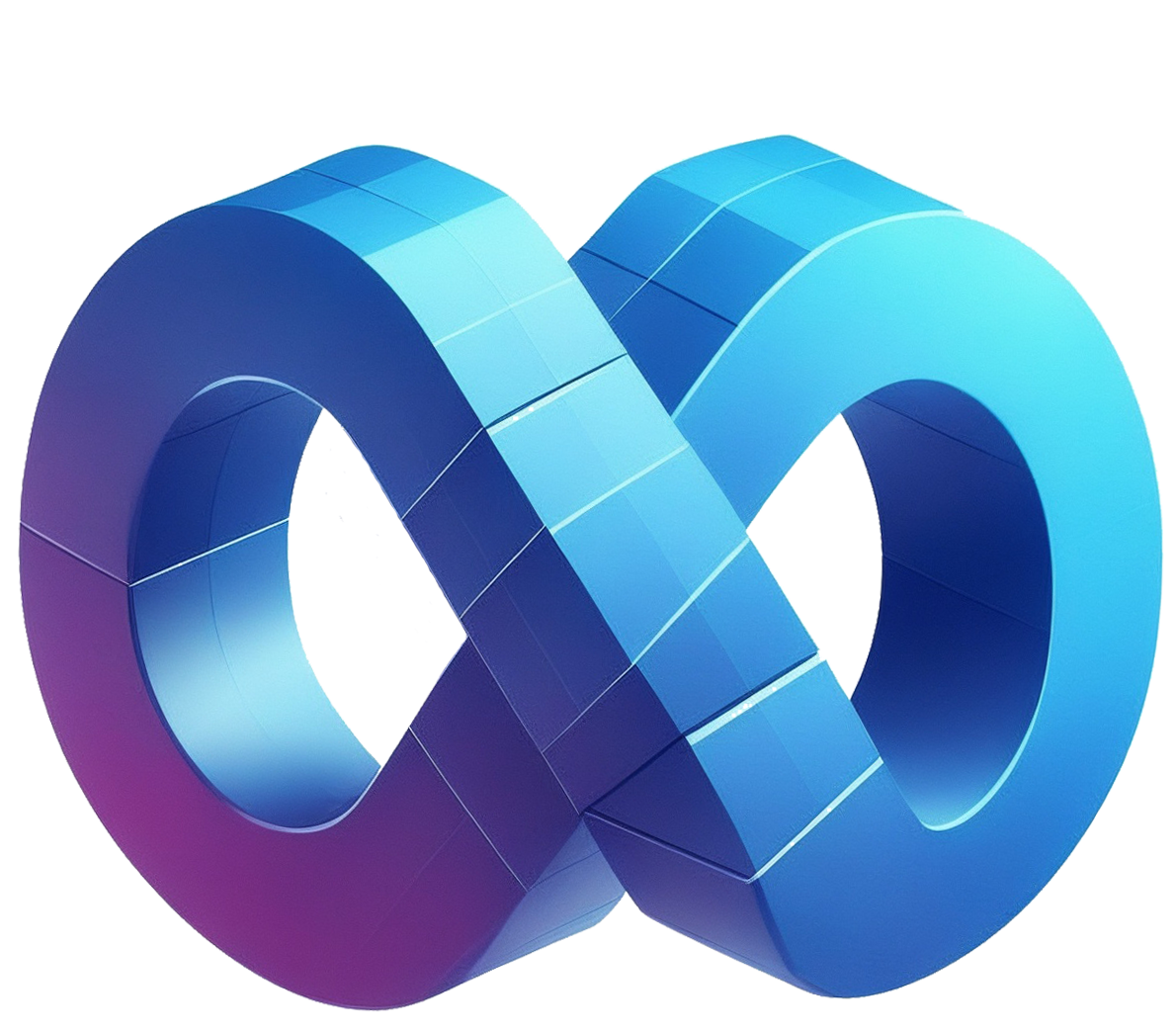Tether Announces USAT Stablecoin Launch to Strengthen US Market Position

Tether, the issuer of the world’s largest stablecoin USDT, has revealed plans for a new U.S.-focused stablecoin named USAT. Company CEO Paolo Ardoino shared the details during a press conference in New York on Friday. This initiative marks a significant step for the El Salvador-based firm as it seeks to expand its footprint in the American market.
The announcement comes amid a favorable regulatory environment for cryptocurrencies in the United States. Tether’s USDT currently holds a market cap exceeding $169 billion, serving as a key tool for global digital transactions. USAT aims to provide U.S. residents with a compliant alternative tailored to domestic needs.
Ardoino emphasized the strategic timing of the launch, noting that recent pressures from competitors had pushed Tether to adapt. He described the moment as pivotal for the industry, highlighting Tether’s position as a leading product. The new stablecoin will adhere to U.S. regulations while building on the company’s established expertise.
NEW: Tether announces U.S. focused stablecoin called USAT 🇺🇸👇 pic.twitter.com/ezzjJKSNh4
— Bitcoin & Crypto Alerts 🚨 (@bitcoinxalerts) September 13, 2025
Leadership and Operational Details
Bo Hines, a former White House official and recent strategic advisor to Tether, will serve as CEO of the USAT venture. Hines previously led the President’s Council of Advisers on Digital Assets. The project targets a launch by the end of the year, with headquarters set in Charlotte, North Carolina.
Anchorage Digital Bank, holding a national trust bank charter from the U.S. Office of the Comptroller of the Currency, will issue USAT. Cantor Fitzgerald, a prominent financial services firm, will act as the custodian and primary dealer for the stablecoin’s reserves. Anchorage will also hold a shareholder position in the new entity, though other investors remain undisclosed.
This structure ensures full compliance with the GENIUS Act, signed into law by President Donald Trump in July. The legislation establishes the first federal framework for stablecoins, mandating full backing by liquid assets like U.S. dollars and short-term Treasury bills. Issuers must disclose reserve compositions monthly to promote transparency and stability.
Tether intends to maintain USDT as a foreign-issued stablecoin while pursuing reciprocity under the new rules. Ardoino stated that this dual approach allows the company to engage deeply with the U.S. economy. Hines echoed this sentiment, projecting substantial growth for Tether’s operations over the next 12 to 24 months.
The GENIUS Act represents a victory for the crypto sector after years of advocacy for clear guidelines. It prohibits misleading claims about government backing or insurance for stablecoins and aligns state and federal oversight. Regulators like the Office of the Comptroller of the Currency will supervise larger issuers, fostering confidence among users and institutions.
Tether’s expansion aligns with its growing role in U.S. financial markets. In 2024, the company purchased over $33.1 billion in U.S. Treasury bills, ranking it as the seventh-largest buyer of American government debt. This activity underscores stablecoins’ potential to drive demand for Treasuries, as noted by analysts and officials.
U.S. Treasury Secretary Scott Bessent has supported such legislation, viewing it as a way to enhance demand for government debt. JP Morgan estimates suggest stablecoin issuers could soon become the third-largest buyers of Treasury bills. Tether’s investments already position it ahead of several nations in this category.
Despite its successes, Tether has faced past scrutiny in the U.S. In 2021, it settled with the New York Attorney General’s office over allegations of fund commingling, agreeing to quarterly reserve reports. These measures have since become standard, aiding the company’s transparency efforts.
USAT’s introduction could broaden stablecoin applications in remittances, payments, and online commerce within the U.S. With Tether’s global reach and regulatory alignment, the token may attract businesses and individuals seeking reliable digital dollar options. As the company navigates this growth, its commitment to reserve strength remains central.
The broader stablecoin market has surpassed $270 billion in total value, with USDT leading the way. Tether’s move into the U.S. regulated space positions it to compete more effectively with rivals like Circle’s USDC. Industry observers see this as a natural evolution, supporting innovation while addressing oversight concerns.
Hines’ leadership will focus on integrating USAT into everyday financial activities. The venture’s ties to established players like Anchorage and Cantor Fitzgerald provide a solid foundation. Tether’s overall strategy reflects a balance between international operations and domestic compliance.

